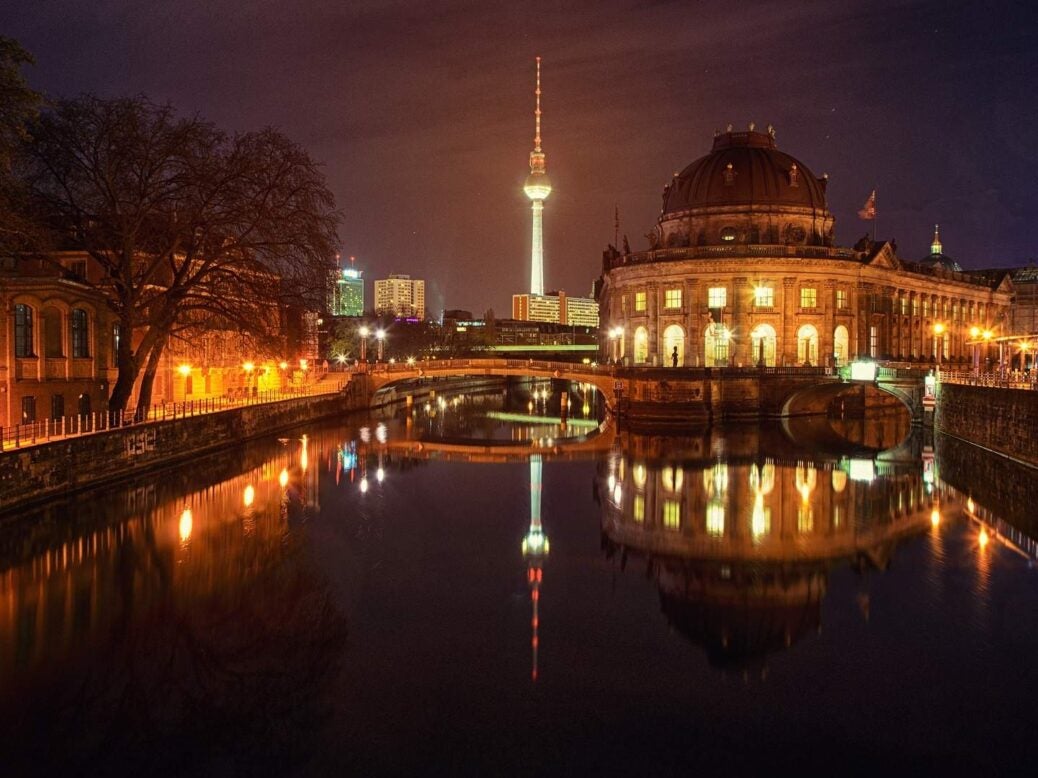
Demand for property is outstripping supply in Germany’s resurgent capital, writes Catherine Moye
Once defined by an unyielding communist wall, contemporary Berlin is revelling in a flood of enterprise and innovation. Nowhere is this more apparent than in the property sector, both commercial and residential.
Berlin topped Savills’ 2019 World Cities Prime Residential Index, with annual price growth of 8.2 per cent. Its upwards trajectory is confirmed by a five-year increase of 54.7 per cent. Knight Frank’s recent Germany report also testified to its strong residential rental and sales price growth.
‘Berlin has developed a reputation for being one of Europe’s coolest cities and is a magnet for young talent from across the globe,’ says Oliver Banks, a senior international negotiator at Knight Frank. ‘The city has become a hub for fast-growing tech companies, from giants like Apple, Google and Facebook to local successes such as SoundCloud.’
That perhaps explains why, according to a report from EY, Berlin offers the highest postgraduate salaries in Europe. Yet the city’s entrepreneurial culture also appeals to a raft of traditional corporates, including Deutsche Bank, which recently relocated part of its risk management division from London. Office leasing has been soaring.
But if Berlin’s energetic thrust is cutting-edge, its attitude toward home ownership is, at least from the British point of view, antediluvian. Berlin is a ‘rental city’, with just 15-20 per cent of its population registered as owner-occupiers. But the situation is changing: young Berliners are increasingly as eager to buy as to rent. International investors have been buoyed by the news that from 2020 rental caps will be abolished on properties built after 2014.
Berlin’s population is expanding faster than its supply of new housing, so prices look likely to keep climbing. According to Knight Frank’s report, just 15,670 of the 20,000 new units needed were delivered in 2017, which puts yet more pressure on prices. That said, of all the German cities with a population over 1 million, Berlin still has the lowest property prices.
A comparable apartment in Munich will cost you double what it would in Berlin. Add Berlin’s status as the capital of the strongest and most stable European economy, and the sums start to add up for investors. Charlottenburg, to the west of the city, has long been Berlin’s prime district, especially with young families and professionals.
Currently under construction, No 1 Charlottenburg, a waterfront development of 272 apartments within walking distance of Tiergarten Park, is one of the more coveted schemes. Prices start at €866,000 (£740,000). At Am Hochmeisterplatz, a residential scheme a stone’s throw from the fashionable Kurfürstendamm avenue, prices start from €827,000, rising to €3.5 million.
The vibrant district of Friedrichshain to the east of the centre is also experiencing strong demand, thanks to boutiques and tech start-ups opening there. Once the West’s distant outpost at the centre of a divided nation, today Berlin looks set to become Germany’s economic growth engine.
Read more
Why Saas Fee is in the property spotlight
Why Asian cities are challenging the ‘old favourites’ of property investors
Belgrade Waterfront Q&A: Why Serbia’s capital is on a ‘rising path’







